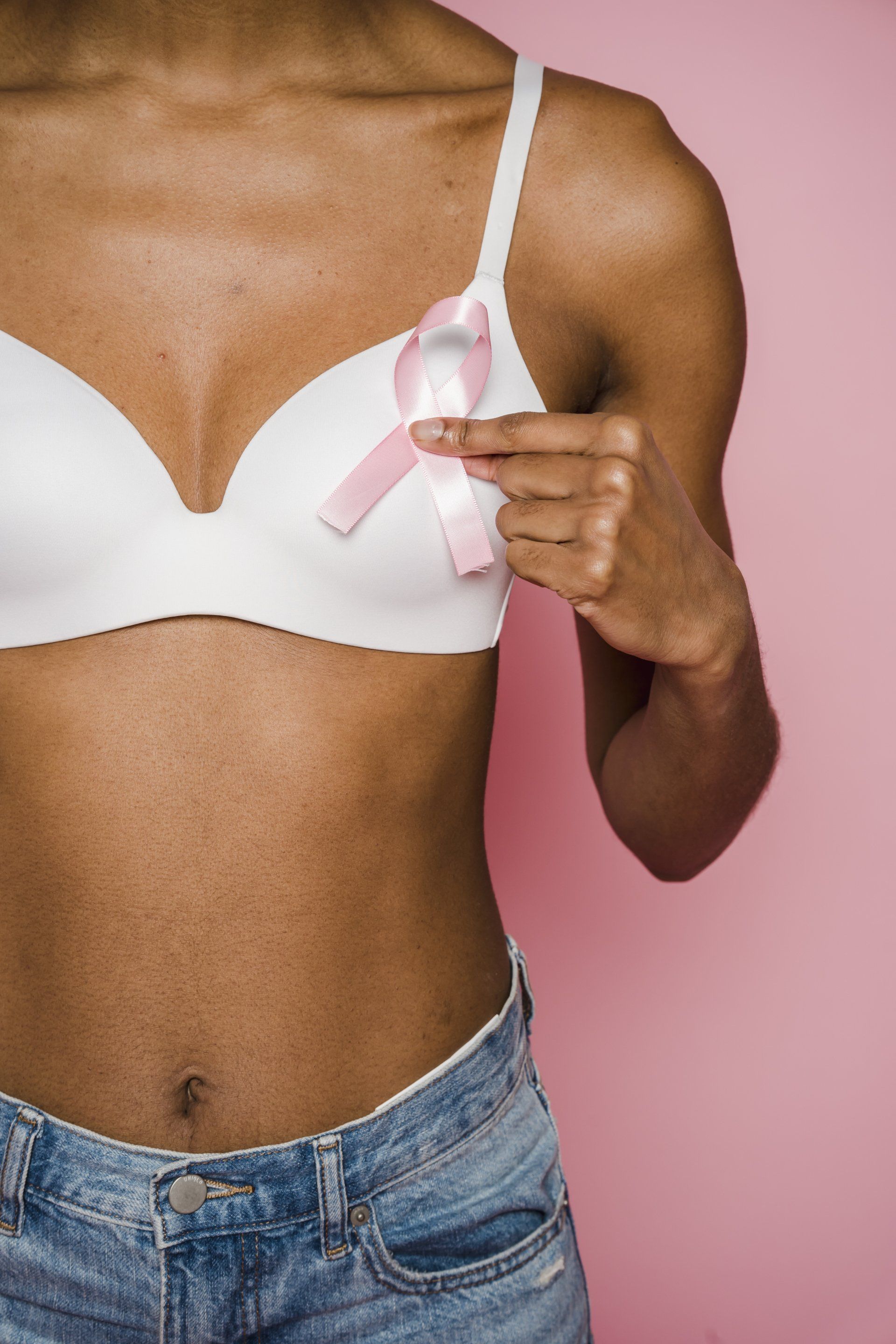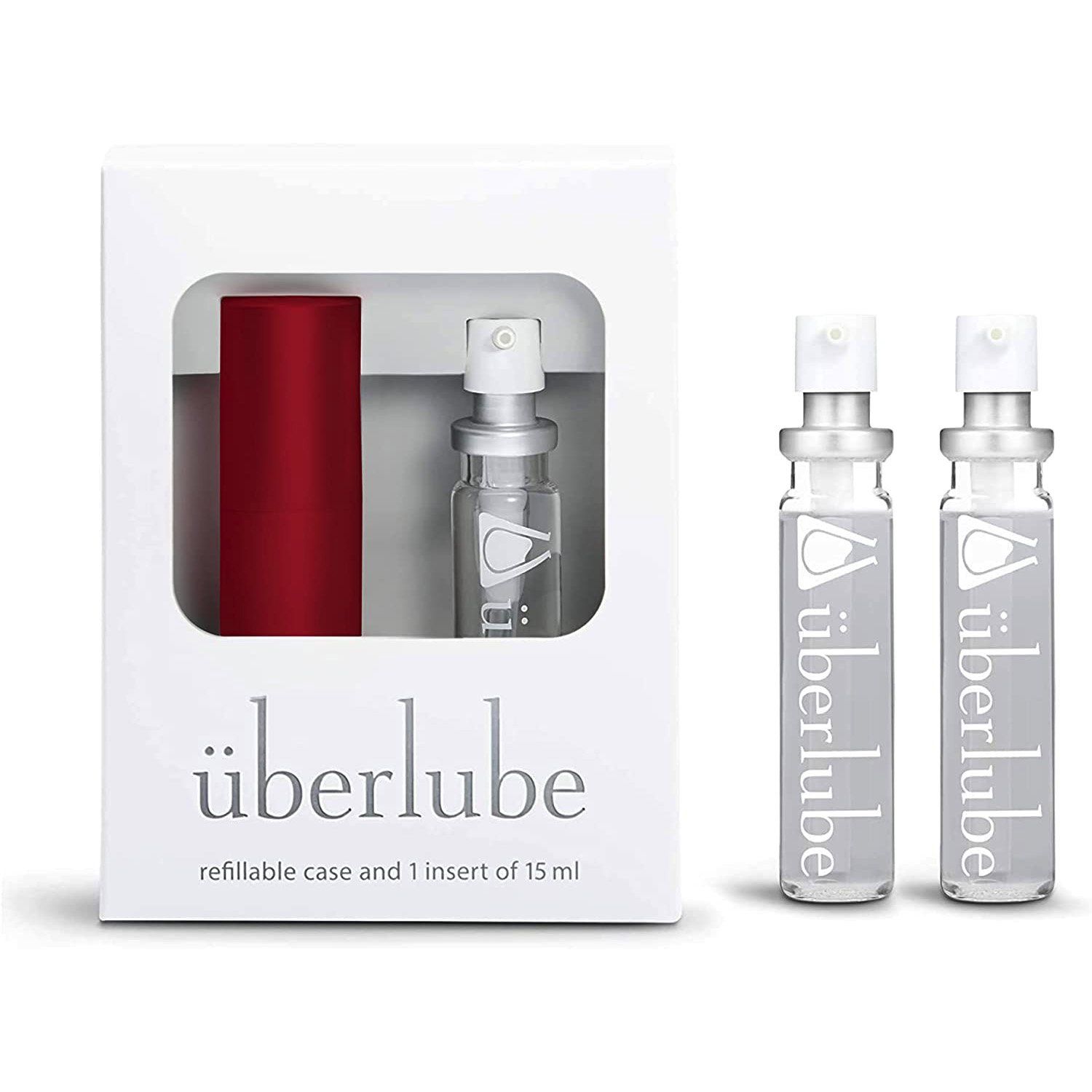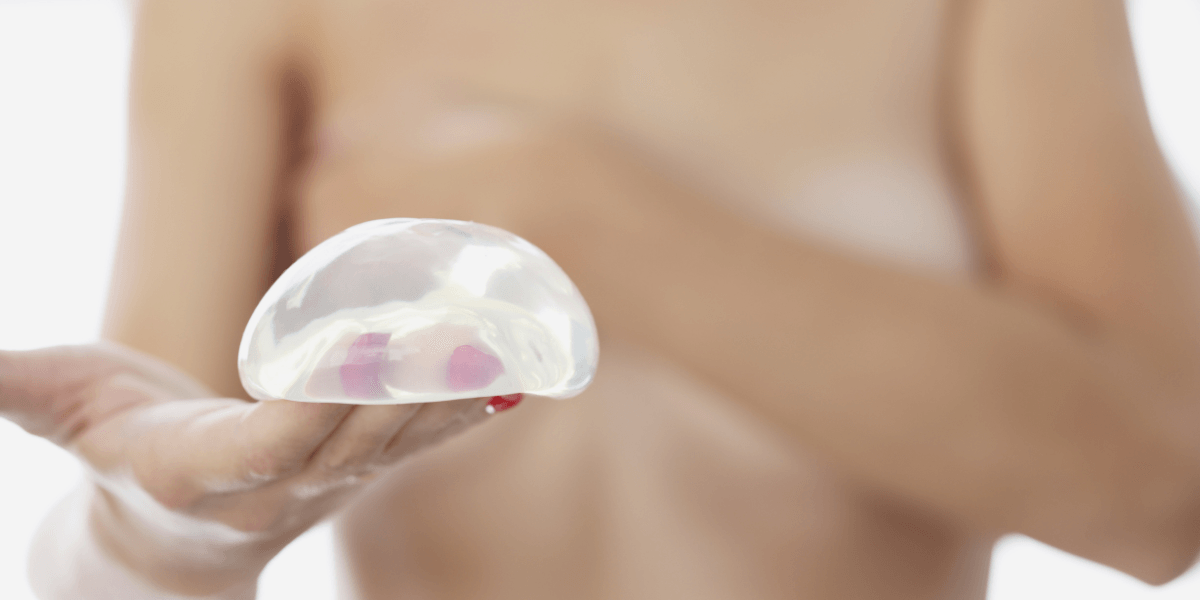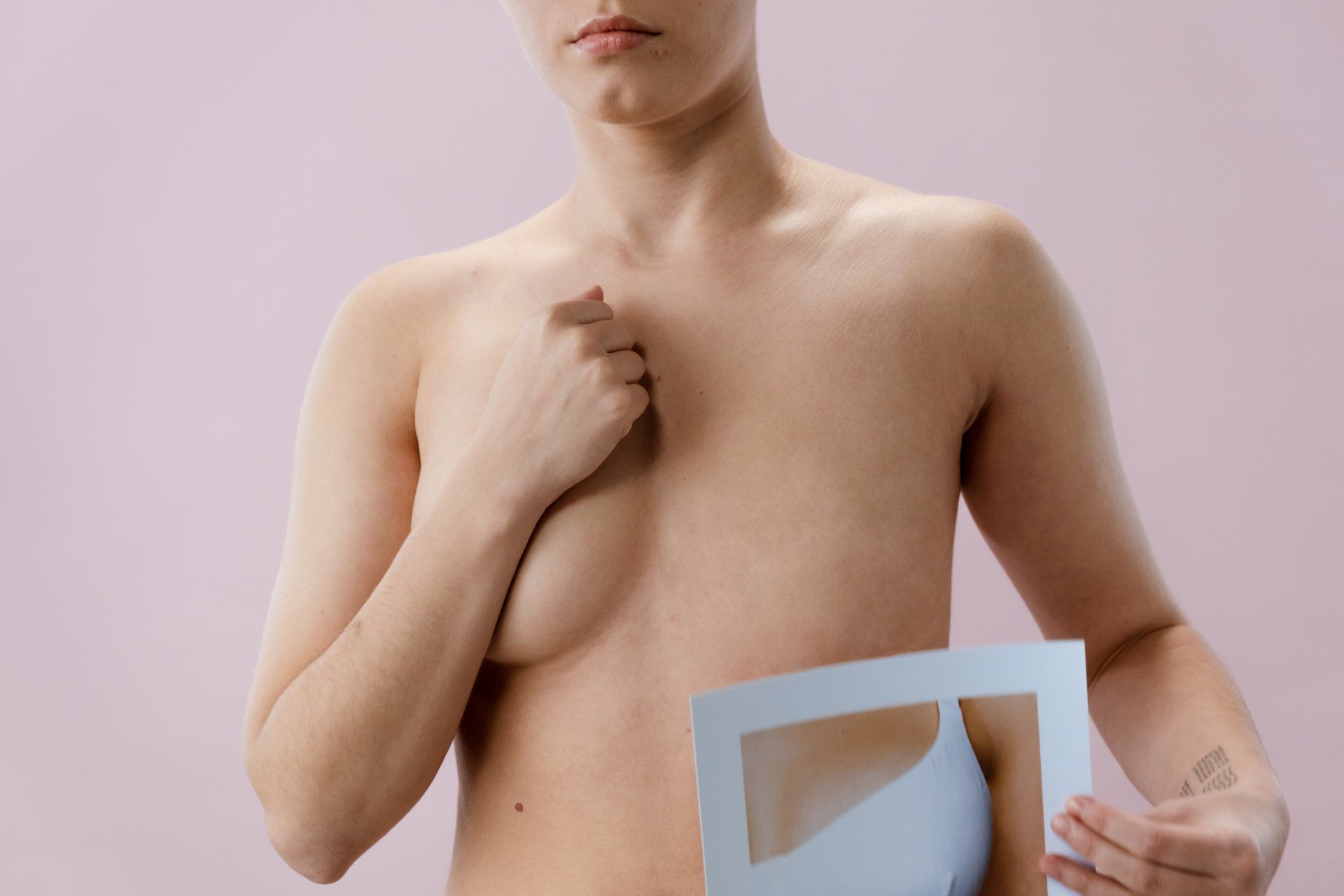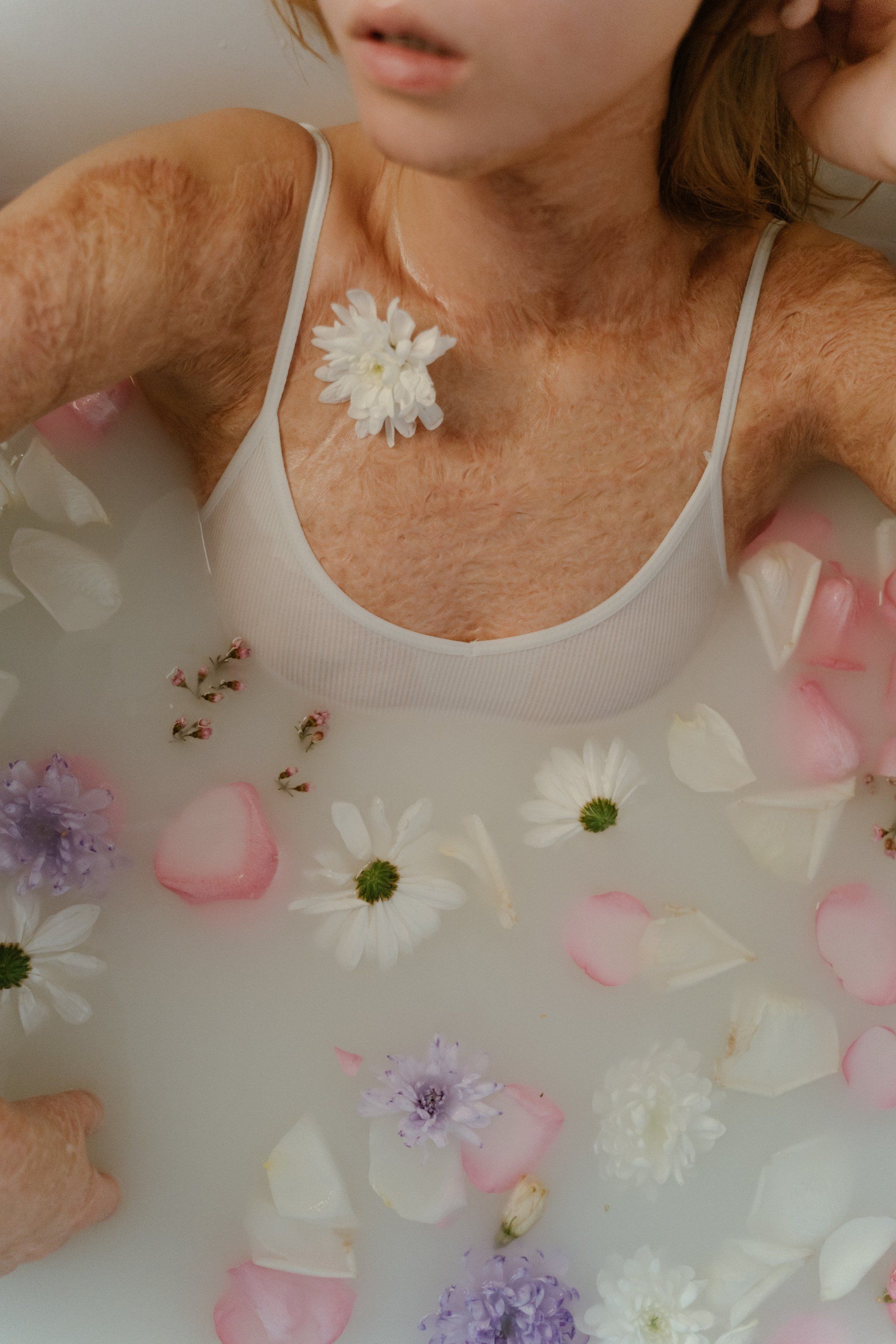Stay in the Mood During Chemo: Tips for Low Libido
When we talk about chemo-related side effects, nausea, vomiting, and hair loss are the first things to come to mind. However, there’s one common side effect that's not well-discussed but needs the attention of both patients and healthcare experts—low libido, especially in women.
How Chemotherapy Can Affect Your Sex Drive
According to studies, low libido and sexual dysfunction are the top complaints of breast cancer survivors.
About 73.4% of patients are at risk of developing female sexual dysfunction after receiving treatment for breast cancer. Additionally, 1 in every 10 female breast cancer survivors reports experiencing hyposexual sexual desire disorder. (*)
This doesn’t come as a surprise since the treatments for breast cancer can significantly negatively impact the survivor’s physical and psychological health, which can ultimately affect their sexual desire.
Since the human libido is quite complex, there are many potential causes of low sex drive. With that said, here are the top causes of low libido and sexual functioning during chemotherapy:
- Reduced Hormone Levels
Chemotherapy drugs can significantly reduce your sex hormone levels. In women, it may decrease sex drive and affect sexual desire. It may also trigger early menopause with symptoms ranging from vaginal dryness to hot flushes.
On the other hand, men may also experience testosterone deficiency which causes poor sexual function and erectile dysfunction.
We also need to consider the fact that most breast cancer tumors are estrogen-receptor (ER) positive. This means that the tumors will continue to grow when exposed to estrogen, the female sex hormone.
Because of this, breast cancer patients usually undergo hormone therapy and chemotherapy concurrently. That's why they are often prescribed estrogen-blocking drugs like aromatase inhibitors and tamoxifen, which block the female sex hormone, leading to a lower sex drive.
- Physiological Changes
Other side effects of chemotherapy are loss of appetite, nausea, changes in bowel movement, low energy levels, and fatigue. These can make you feel weak and can directly affect your sex life.
- Poor Body Image
Chemotherapy doesn’t just change your physiology. It changes your appearance as well. Hair fall and loss is the top side effect of chemo treatments, while certain chemotherapy drugs can cause skin discoloration. Weight gain is also another common side effect of chemotherapy.
That's not all. Most breast cancer treatments involve mastectomy, which may alter the appearance of the breast or remove it altogether.
These changes can affect how a cancer survivor sees her sexuality and may even cause her to lose self-esteem.
If you aren’t happy with how you look, you might feel embarrassed to be sexually intimate with another person. In addition, low self-esteem can negatively affect a person’s sex drive.
- Depression
Being diagnosed with cancer and experiencing all bodily changes associated with chemotherapy and other cancer treatments may also cause depression.
When you’re suffering from depression, sex will be the last thing on your mind, and you may not have the mental and emotional upkeep to engage in sexual activity.
Other Chemo-Related Side Effects That Can Affect Sexual Activity
There are other chemo-related women's sexual health issues that hinder sexual pleasure and make you more apprehensive about sexual activity. Because of this, these problems may indirectly cause hypoactive sexual desire disorder Here are some of them:
- Vaginal Dryness
Vaginal fluids are essential for sexual function as it facilitates proper penetration. Unfortunately, certain drugs can decrease vaginal secretions and make the female organ dry and tight. If the lubrication isn’t enough, you’ll suffer from painful sex, and may prevent you from achieving sexual satisfaction.
- Decreased Sensitivity
Due to low hormones and physiological changes of the vagina, your clitoris will have reduced sensitivity which can inhibit sexual arousal. In addition, if you’ve undergone breast surgery, your nipples and breast will have reduced feelings as well.
- Pain During Sex
Most chemotherapy drugs may cause a vaginal scar, vaginal dryness, ulcers, thinning of the vaginal lining, and tissue damage, making intercourse painful and not enjoyable.
- Changes in Orgasm
With all the changes your body has gone through, it may be a bit more difficult for you to reach orgasm, or your orgasm may not be as intense as before. Other women even complain about not experiencing any orgasms at all.
- Yeast Infections
Most people undergoing chemotherapy are prescribed steroids and antibiotics to prevent bacterial infection. However, these medicines may cause yeast infections.
Some of the symptoms of yeast infection include:
- Thick and whitish discharge
- Burning sensation during sex
- Itching in the vagina or vulva
All of which can make your sexual experience less enjoyable and appealing and ultimately lead to a low sex drive.
- Mood Changes
As mentioned, depression is common with people undergoing chemotherapy. Unfortunately, the existing medications for this mental health issue may cause various mood changes. Sadness and any negative emotions may lead to low sex drive.
How to Boost Your Libido During Chemo
Are you suffering from a hypoactive sexual disorder or low libido? Do you want to reclaim your sex life and finally solve your sexual problems?
To be honest, increasing sex drive in women undergoing chemotherapy requires lots of work. But the good news is a low sex drive isn’t a permanent side effect of chemotherapy or other cancer treatments. On the contrary, some patients reported that their low sexual drive went back to normal after their treatment had ended.
Here’s even better news: Low libido during chemotherapy can be managed with the proper treatment and tips. However, some cases would require medical intervention and the assistance of professional healthcare experts.
Below are some of the ways you can boost your sex drive and improve sexual function during chemotherapy:
1. Work on Yourself
Before you start with any treatment or intervention, the first step you need to focus on yourself. Keep in mind that your physical, mental, and emotional health has been tested and gone through so much, and that’s why it needs your full care and attention.
Here are some tips on how to do that:
- Make healthy lifestyle changes
Chemotherapy can destroy your energy levels to the point that you’ll no longer have energy for sex. So if you want to bring back your sex drive, you need to restore your stamina first.
To do that, you need to exercise regularly and maintain a proper diet. You should also focus on rest and recovery so make sure to get a good night's sleep. This will also help you to manage stress and anxiety.
There are also a few don'ts you need to keep in mind. For one, drinking alcohol is a big no-no since too much alcohol can cause decreased libido.
Additionally, you should avoid smoking too as it restricts blood flow, preventing you from getting in the mood.
Lastly, don’t take any herbal supplements without talking to your doctor first.
- Promote a healthy self-image
If the loss of desire for sex is due to a poor self-image, you need to find ways to boost your self-esteem.
You can start by reciting daily affirmations that can help build your confidence. And if you lost your hair due to chemo, you can try wearing wigs or hair accessories. Finally, pamper your skin with the right products and apply makeup to boost skin color to address dull skin.
For those who've undergone a mastectomy, you can try breast reconstruction surgery or use a breast prosthesis.
There are many things that you can do to foster a healthy self-image. But of course, it also pays to be honest with yourself. You need to accept the fact that cancer and chemotherapy changed your body. It gave you scars, took away your breast, made your vagina drier, or made you fatter.
However, you should also remind yourself that it also made you stronger and more beautiful in other people’s eyes, so maybe it’s about time that you consider yourself pretty stunning too.
2. Work with your partner
Since your low sexual desire also affects your partner’s sex drive, you should work with him to boost your decreased libido.
Below are some of the ways how you can do that:
- Keep Your Communication with Your Partner Open
Start by talking with your partner. Often, partners see your low sexual desire as rejection. He may also feel confused about why you no longer have any sex drive.
To avoid any relationship issues, it’s best that you share with him how you feel. In addition to ensuring that you’re both on the same page, talking it out will help you maneuver your new normal.
If you have had your breast removed or you’ve noticed some changes in your sexual organs, tell your partner about it and come to an agreement on how you would like him to treat these body parts. For example, do you want him just gently to touch those areas or no touch at all? Do you want to add sex toys to your bedroom routine?
These are just some of the things you need to tackle head-on for better sexual health for both of you.
- Find Other Ways to Become Intimate with Your Partner
Building intimacy is not just about engaging in sexual activity with your partner.
If you don’t desire sex, you can always give each other massage, hold hands, cuddle, or kiss.
It’s also a good idea to make time for date night and look for new creative ways to spend time together.
- Seek Sex Therapy and Relationship Counseling
To avoid any unnecessary drama or issues, you should seek the help of healthcare professionals who specialize in sexual health.
These experts have been professionally trained to identify and manage any hindrances to healthy sex life. They will also provide you with reliable sex education to help solve sexual dysfunction problems.
3. Address Vaginal Changes Brought about by Chemotherapy
The top cause of hypoactive sexual desire disorder is chemo-related vaginal changes like dryness, atrophy, and many more.
Here are some of the ways on how you can address these:
- Use vaginal dilators
A vaginal dilator is a plastic or rubber tube designed to enlarge the vaginal opening and reduce pain during sex.
- Apply lubricants during sex
Lubricants can provide the moisture needed for a smooth penetration during intercourse. When choosing lubricants, make sure to go for a water-based product that doesn’t contain perfumes, colorants, spermicide, and other chemical irritants.
- Perform pelvic floor exercises
Also known as Kegels, these exercises can help relax vaginal muscles and address vaginal atrophy and tightness.
The Bottom Line
Sex and intimacy matter a lot to cancer survivors, especially since all the physiological changes that they're experiencing increase their risk of having poor self-image. Unfortunately, low libido is a side effect of chemotherapy and can get in the way of a woman’s sexual functioning.
But here’s one thing you should remember: Even though female sexual dysfunction may be common with breast cancer survivors during chemotherapy, there are many ways to manage and resolve this sexual health issue.
Increasing women’s sexual desire will involve lots of hard work. But with the right mindset, the best support system, and professional assistance from board-certified physicians, you can improve libido and find your way back to healthy sex life.
